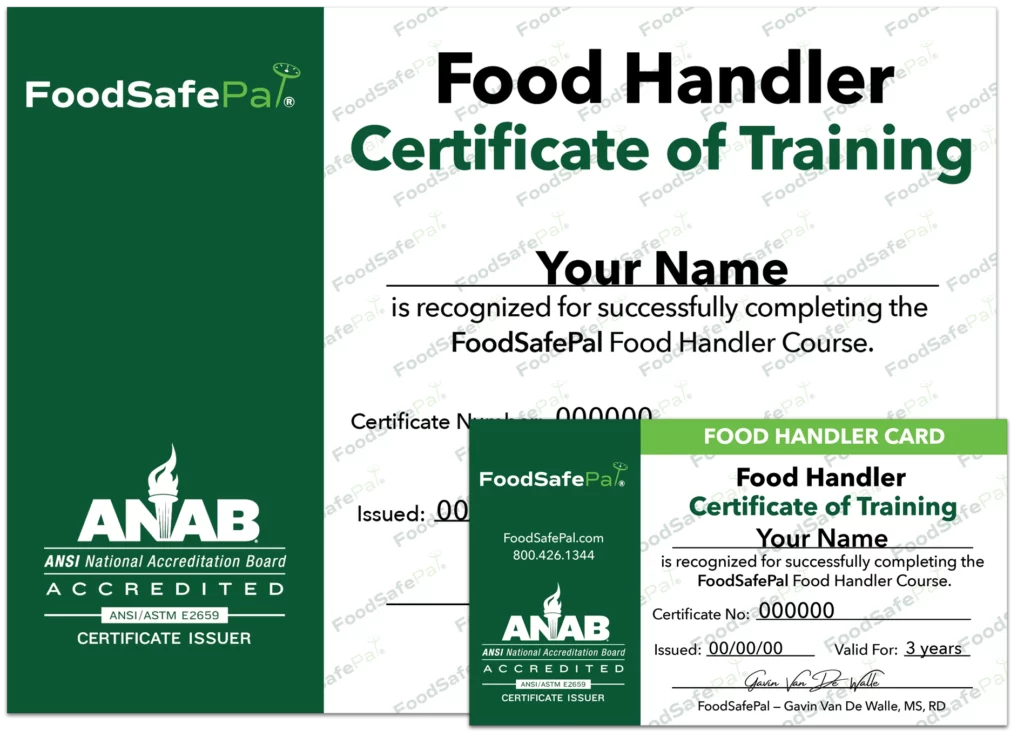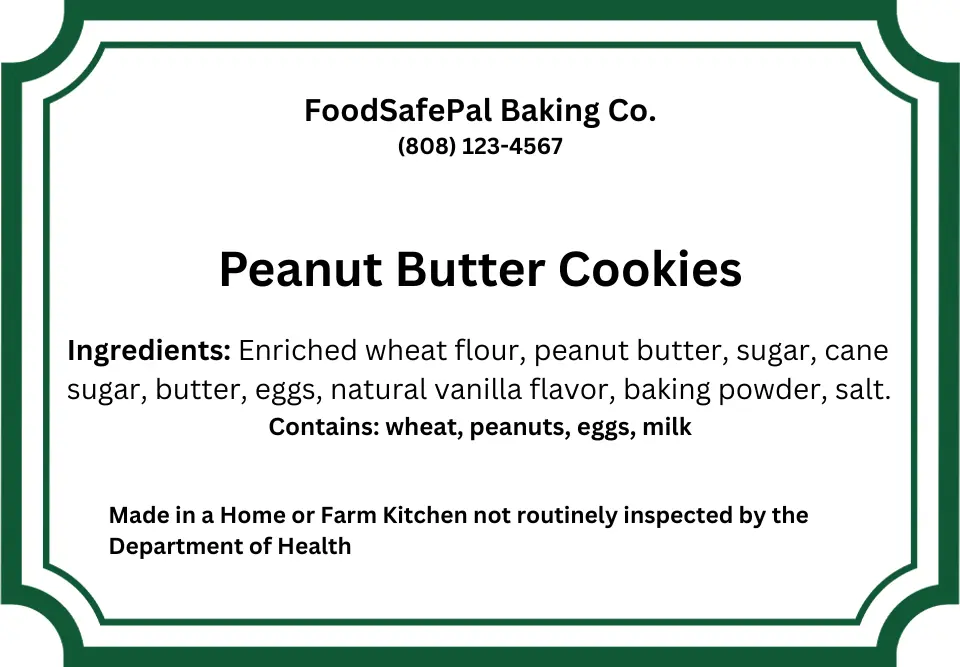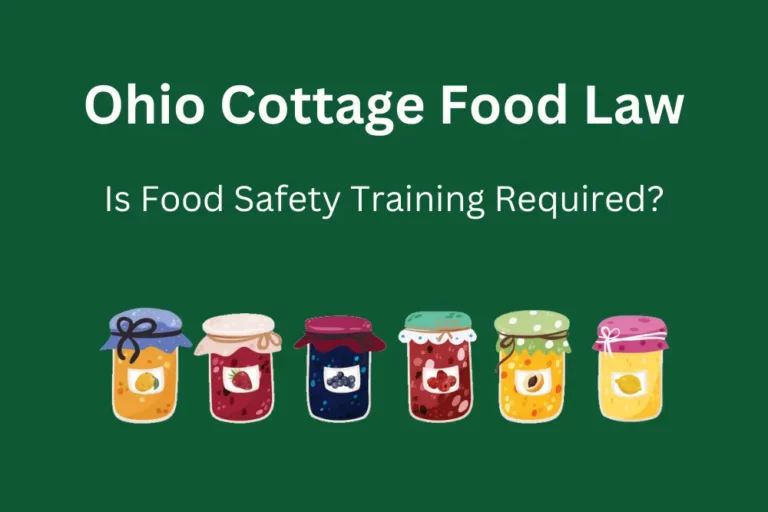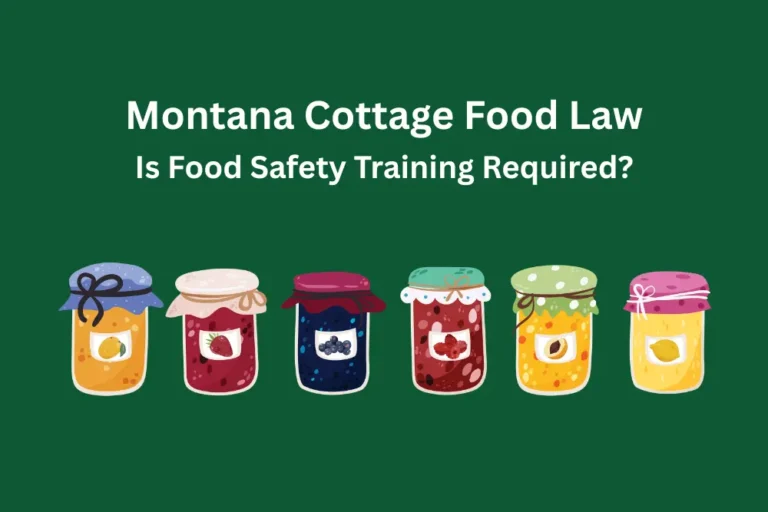Hawaii Cottage Food Law: Food Safety Training Requirements
Article Summary
Selling homemade food in Hawaii? You’ll need to follow the state’s cottage food law — and that includes completing a food handler training course. This short video explains exactly who needs training, what foods you can sell, and how to get your card online with FoodSafePal.
Cottage food refers to food that you make in your home kitchen for sale directly to people.
Each state has its own cottage law that determines the types of foods you can sell, to whom and how you sell them, as well as how annual revenue you can earn from selling your homemade goods.
Many states require that you take an approved food safety course before you can apply or register your cottage food business.
This article discusses the Hawaii cottage food law, and whether you need food safety training to sell homemade food.

Hawaii cottage food production
Hawaii allows the production and sale of both non-refrigerated foods and, under certain conditions, some potentially hazardous foods — like poultry, seafood, or acidified foods — if they meet specific safety and sourcing rules.
Examples of approved foods include:
- breads, rolls, mochi
- cakes, cookies, and pastries
- candies and confections
- jams, jellies, and preserves
- cereals, trail mixes, and granola
- popcorn
Certain fermented, acidified, pickled, and preserved foods are allowed, but only if the recipe is tested and approved or the operator holds a valid preservation certificate. Seafood and poultry are also permitted if they come from inspected sources or are raised under an approved exemption.
Homemade foods can be sold directly to consumers in person, over the phone, or online. They can also be sold through third-party vendors, such as retail shops and grocery stores. However, sales to or through restaurants or retail food establishments are not allowed.
Before you start selling, you must obtain a permit from the Hawaii Department of Health.
Summary
Under the Hawaii cottage food law, you can sell a variety of foods, including certain ones that require time and temperature controls. You must obtain a permit from the Hawaii Department of Health before selling.
Do you need food safety training to sell homemade food in Hawaii?
Hawaii requires that you receive food safety training before producing and selling your homemade goods.
The Hawaii Department of Health allows you to meet the food safety training requirement by taking an ANAB-accredited course like FoodSafePal’s or one they directly approve. FoodSafePal’s training is 100% online and takes about 90 minutes to complete.
Earn Your Food Handlers Card + Certificate to Sell Cottage Foods
Finish in 90 Minutes. Meets Hawaii’s Cottage Food Law.

FoodSafePal’s Food Handler course is designed for food workers in retail food establishments so some of the content isn’t applicable to cottage food operators.
Still, it covers the important food safety principles you must know to keep your homemade products safe from disease-causing organisms called pathogens that can make people sick.
After you complete the course content, you must take and pass a multiple-choice test to pass and earn your food handlers certificate and card.
Upon passing, you can immediately download or print it as proof that you have completed the training.
You must maintain the training by retaking and passing the course every three years.
Summary
Hawaii’s cottage food law requires the completion of an approved food safety course. The training must either be approved by the Hawaii Department of Health or ANAB-accredited, like FoodSafePal’s.
Labeling requirements
Hawaii’s cottage food law requires that each food is properly labeled with certain information.
This information allow people to whom you sell contact you in the case of an illness potentially linked to your product.
It also informs customers of allergens that may be present and that the food is produced in a home kitchen not routinely inspected by the health department.
This label must include:
- your name and contact information
- the common or usual name of the food
- a list of ingredients in the food in descending order of predominance
- allegen information
- the statement: Made in a Home or Farm Kitchen not routinely inspected by the Department of Health”

Summary
Hawaii’s cottage food law requires that each food you wish to make and sell have a label with the required information.
The bottom line
Under Hawaii’s updated cottage food law, you can sell both non-refrigerated and, in some cases, perishable foods if they meet safety requirements.
You must first complete an approved food safety training course — either one accredited by ANAB, like FoodSafePal’s, or one approved by the Hawaii Department of Health — and then apply for a permit before selling.
Once permitted, you can sell your foods directly or through retail shops statewide, with proper labeling required on every product.
Earn Your Food Handlers Card + Certificate to Sell Cottage Foods
Finish in 90 Minutes. Meets Hawaii’s Cottage Food Law.







